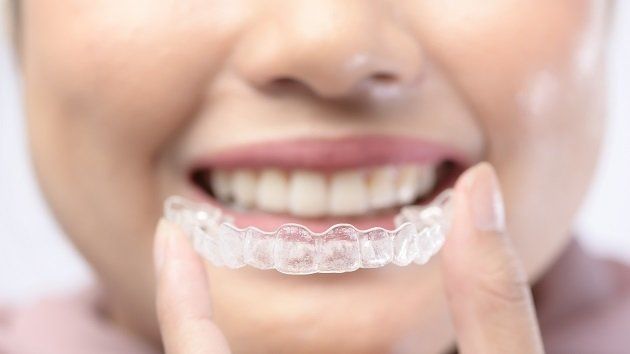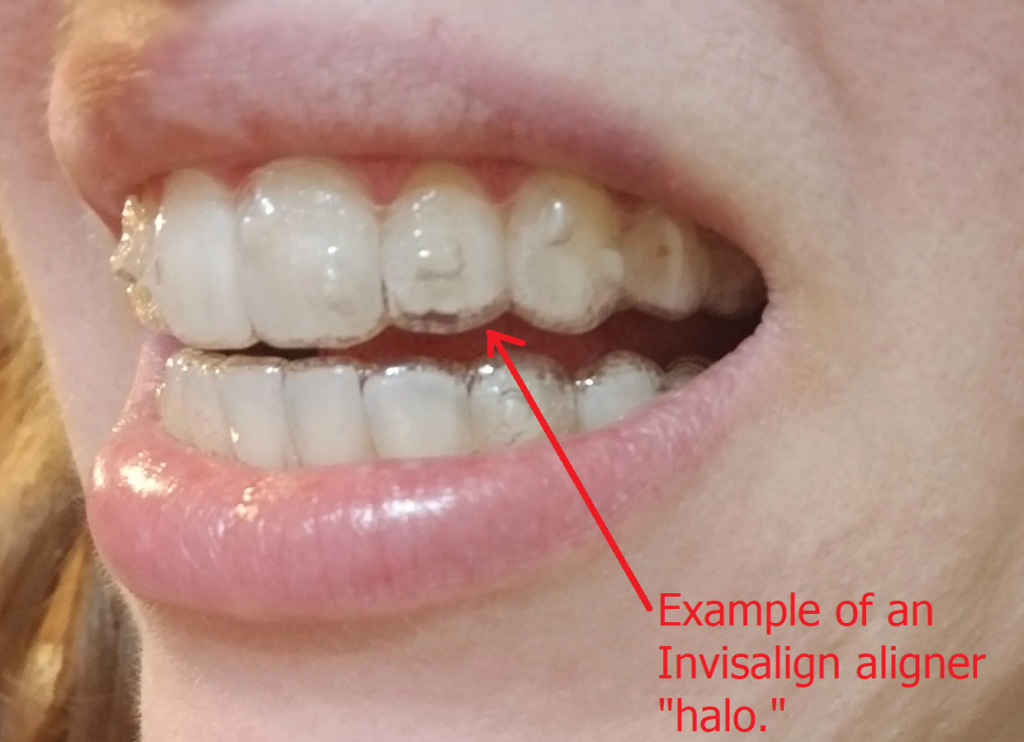Invisalign vs. Conventional Dental braces: Which Option Is Right for You?
When thinking about orthodontic treatment, the option in between Invisalign and typical dental braces offers several vital variables that warrant careful analysis. Invisalign offers a very discreet choice with removable aligners, while standard braces offer a much more noticeable yet reliable solution for extreme imbalance.
Overview of Treatment Options

In contrast, traditional dental braces contain metal brackets and cables that are bound to the teeth. This technique uses constant stress gradually to achieve positioning. While efficient for intricate orthodontic issues, traditional braces call for regular brows through for adjustments and can present obstacles in maintaining oral health as a result of the trouble of cleaning around cables and brackets.
Both alternatives have their advantages, and the option usually depends upon certain dental conditions, way of life preferences, and individual conformity. Ultimately, getting in touch with an orthodontic expert is critical for establishing the most ideal therapy strategy tailored to private requirements. Recognizing the nuances of each alternative can significantly influence the total success of orthodontic treatment.
Aesthetic Factors To Consider
A significant factor influencing the choice in between Invisalign and traditional braces is the visual appeal each therapy supplies. Invisalign aligners are crafted from clear plastic, making them virtually invisible when worn. This very discreet appearance is specifically interesting teenagers and adults that may really feel uncomfortable concerning their orthodontic therapy. The ability to keep a natural smile throughout the placement procedure can substantially enhance the client's confidence in expert and social setups.
In comparison, standard dental braces contain metal braces and wires, which can be much more noticeable. While innovations in orthodontic innovation have caused the advancement of smaller brackets and tinted elastics, conventional dental braces still keep a more noticeable account. For some individuals, the exposure of braces might hinder them from seeking essential treatment.
Eventually, the choice between Invisalign and traditional braces may hinge on personal preferences pertaining to looks. Individuals who prioritize discernment often favor Invisalign, while those that are less concerned concerning exposure may go with traditional braces. Understanding the visual ramifications of each choice is critical for making an educated choice that straightens with one's lifestyle and preferences.
Comfort and Convenience

In regards to ease, Invisalign aligners are detachable, allowing patients to appreciate their preferred foods without constraint and keep ideal oral hygiene. Brushing and flossing are streamlined, as the aligners can be obtained throughout these routines, whereas conventional braces call for careful maneuvering around cables and brackets.
In addition, Invisalign's modern system enables less orthodontic gos to. Individuals typically receive several sets of aligners at the same time, which can improve the treatment process and lower time spent in the orthodontist's chair. On the other hand, conventional dental braces require routine modifications, making them less practical for those with busy routines. Invisalign. Generally, the comfort and ease of Invisalign make it an enticing choice for many people seeking orthodontic treatment.
Therapy Duration and Performance
While both Invisalign and standard braces are effective in dealing with dental imbalances, the period of therapy can vary dramatically in between the 2 choices. Typically, Invisalign treatment can take anywhere from 12 to 18 months, depending on the complexity of the case. The clear aligners work by progressively moving teeth into their wanted settings, and routine follow-ups with an orthodontist assistance make certain development continues to be on the right track.
In contrast, traditional dental braces frequently useful link need a longer dedication, typically varying from 18 months to three years. This is because of their set nature and using braces and cords, which can be more reliable for severe misalignments and complicated instances (Invisalign). my explanation The therapy efficiency of traditional braces is well-documented, as they allow for specific adjustments and better control over tooth activity
Ultimately, the selection in between Invisalign and typical braces may depend upon both the awaited therapy duration and the certain oral issues available. Consulting with an orthodontist is important, as they can provide tailored referrals based upon individual demands, making certain the picked technique aligns with desired timeframes and results.
Expense Comparison and Insurance Policy Choices
Expense plays a substantial duty in the decision-making procedure for individuals thinking about orthodontic treatment, whether choosing Invisalign or typical dental braces. Usually, the expense of Invisalign arrays from $3,000 to $8,000, while standard braces generally set you back in between $2,000 and $6,000. Variables influencing these expenses include the complexity of the case, the duration of treatment, and geographical area.
Insurance insurance coverage can considerably impact out-of-pocket costs. Many dental insurance coverage strategies give partial insurance coverage for orthodontic therapies, however the specifics can vary extensively. It is critical for people to examine their insurance plan to identify the extent of insurance coverage for either choice. Usually, traditional braces may be much more often covered by insurance coverage strategies compared to Invisalign, which some insurance firms classify as a cosmetic treatment.
Additionally, a number of orthodontic methods offer adaptable layaway plan, making both therapy choices extra available. Clients ought to inquire about potential funding alternatives and price cuts for upfront payments. Reviewing the overall cost, including insurance policy advantages and payment plans, is crucial for making a notified decision that straightens with both visual choices and budget considerations.

Conclusion
In summary, the selection in between Invisalign and typical braces hinges on numerous elements, including aesthetic choices, comfort, visit this page therapy period, and expense. Invisalign supplies a discreet, removable alternative that facilitates oral health and dietary flexibility, while conventional braces might be better for complex oral concerns and frequently come at a reduced price factor. Inevitably, examination with an orthodontist is necessary to analyze individual circumstances and identify one of the most suitable therapy alternative for achieving optimum dental placement.
When thinking about orthodontic therapy, the option between Invisalign and standard dental braces offers a number of vital aspects that warrant careful evaluation.Comparing Invisalign and traditional braces exposes distinctive therapy options for orthodontic adjustment.While both Invisalign and traditional dental braces are efficient in fixing dental imbalances, the period of therapy can vary considerably between the two alternatives.Expense plays a substantial function in the decision-making process for people considering orthodontic therapy, whether choosing for Invisalign or conventional dental braces.In summary, the option in between Invisalign and standard dental braces hinges on multiple factors, including visual choices, comfort, treatment period, and cost.